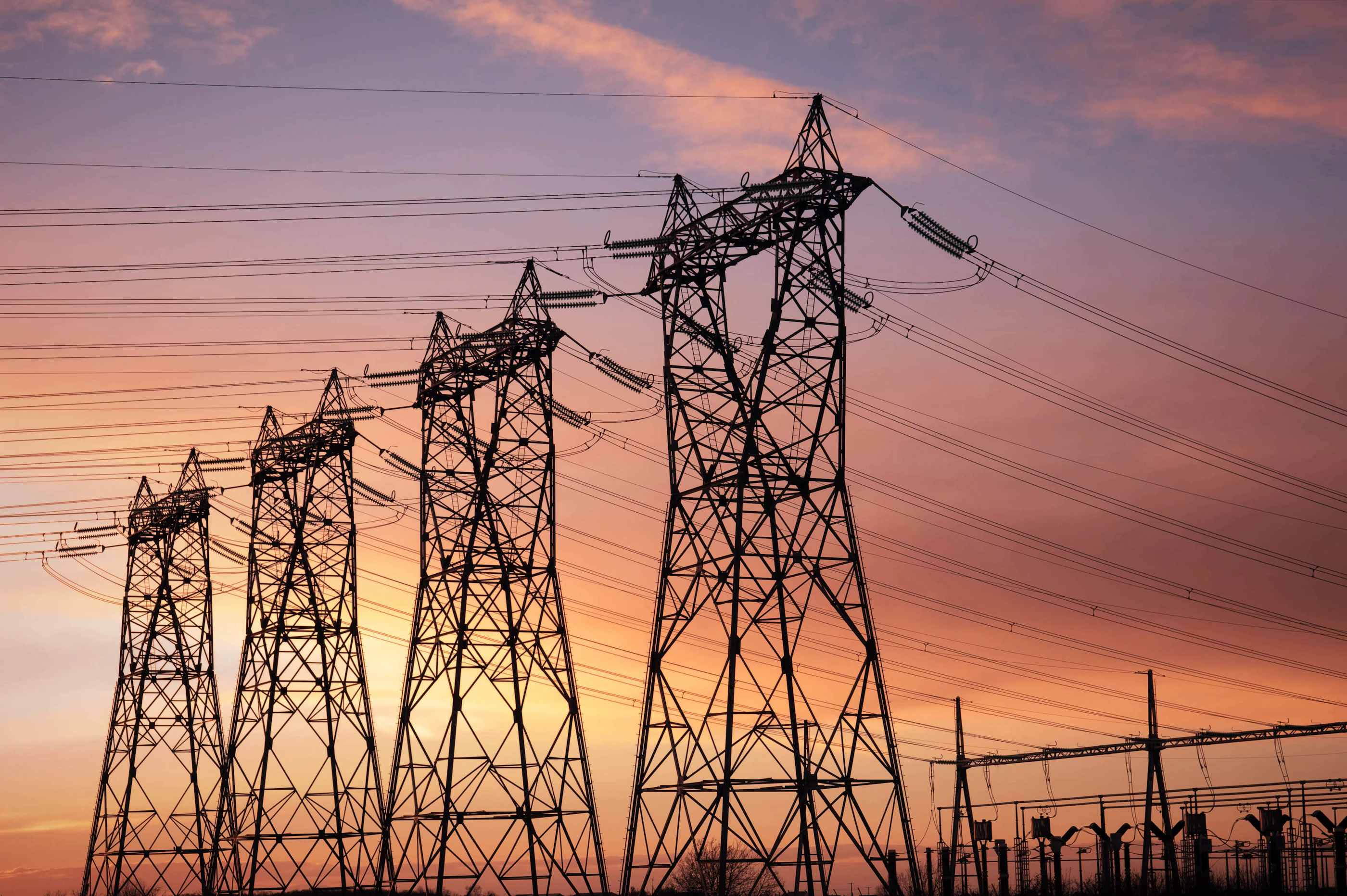
Perimeter Protection for Utilities: How to secure your site and prevent disruptions
Utilities sites are exposed to a multitude of risks and threats, and targeted intrusion attempts of these vital and strategic assets have increased in recent years. Any attack or intrusion requires a quick and effective response, but it’s even more important in the case of utilities, not just because of the cost of disruption, but also the wider safety implications to society. For instance, a security breach in a sub-station, could leave a town without electricity or if an intruder accesses a water treatment area to contaminate water the results could be catastrophic.
One of the main challenges when designing the security system is the number of sites that need monitoring, with some of them being extremely large – thus having a large perimeter to protect – and some sites being small – yet critically important. To add to the complexity, utilities sites are often located in remote areas subject to harsh weather and sometimes dangerous conditions such as high electrical loads or polluting materials. False alarms are a common issue faced by security teams and the use of detection technologies in this context enables more resilient and cost-effective perimeter protection that relies on genuine alerts for intrusions and provides a more effective security response for utilities of every kind.

Protection of small and medium perimeters
Fibre optic cable sensors are one of the preferred choices to enhance the perimeter security of smaller utility sites such as small telecommunications, electrical or water pumping stations. Typically mounted on the fence (or occasionally wall) the sensors can detect any attacks on them. An Alarm Processing Unit (APU) will send a laser pulse over the fibre optic cable and analyse the change in the interference pattern along the cable, allowing it to detect if anyone is unsettling the fence or wall.
Fibre optic sensors provide the option to split detection into different zones, up to 25, programmed to PTZ cameras that can be pre-set along the wired fence. The configuration software enables it to be calibrated to tune out any noise that could cause nuisance alarms such weather changes, vibrations caused by the wind, nearby traffic or small animals, from those caused by genuine intrusions such as someone climbing or cutting through the fence. An additional benefit is the ease to implement and the reduced cost of ownership as fibre optics are extremely durable and require minimal maintenance.
Protection of large perimeters
One of the main challenges for large utilities sites such as gas, water treatment areas or nuclear power stations is the huge perimeter line that needs to be protected. One of the latest advances in detection technologies is ‘point location’ which enables the security staff to know, in real-time, exactly where the security breach is taking place, which in turn makes the visual verification process significantly quicker as cameras can look precisely to the point where the intruder is, and then track them throughout the protected area.
Another key feature of the REDSCAN Pro is the dynamic event filtering, which allows generating events based on a certain logic, for instance, mounted vertically on the fence line it is possible to create two detection areas, one at the bottom half of the fence which can be used as a pre-alert and one on the top half of the fence which will signal an intruder is climbing over it. Mounted horizontally the REDSCAN can detect a person walking towards the site, raising a pre-alert, and when the person is very close to the fence raising an “alarm”.
The most important step when designing effective perimeter protection is to assess the security risk and response time. How quickly can an intruder access a critical area? How quickly can the visual verification of the intrusion be performed? As always, security is an ongoing challenge and choosing the right technology requires first an assessment of the security risks, the site’s operational requirements and the size of the perimeter. Contact the OPTEX sales team today to secure your utilities site.

